IoT, the Internet of Things
IoT resolves the connection between the physical world and the digital world, opening up a whole range of possibilities and value by breaking down the barriers that separated the two worlds in many activities.
It extends the possibilities provided by information technologies that are already part of our lives.
Technological advances in communications and the decreased cost of hardware provide distributed capabilities to design services that are closely coupled to the physical world, opening up a new complementary dimension to the centralised model that will increase opportunities to provide solutions for specific problems.
Our solutions
handle more than 1 million communications per day
We design end-to-end solutions
Present
in Industry, Security, Transport and Logistics

Main advantages Sensorization Critical Uses Servitization Time to market
Sensorisation enables the physical world to be digitised
This digitisation once again provides us with a lever to devise new business models, or simply enhance existing ones.
On one hand, sensorisation will provide us with more information on our products so that we can make improvements by analysing information, or design new features from it.
By converting physical products to digital, which is known as the digital twin, we are also able to shift our business models to services from products. This process is known as servitisation.
Interaction with the physical world will be two-way, with interactions with the physical world also being possible, and it will be increasingly common to see companies start designing devices to improve their processes or develop new services.
We provide extensive experience for critical uses
Babel has extensive experience in receiving, processing, monitoring and processing mass communications from thousands of devices.
Over 1 million signals each day are received at control and signal processing centres using technology developed by Babel.

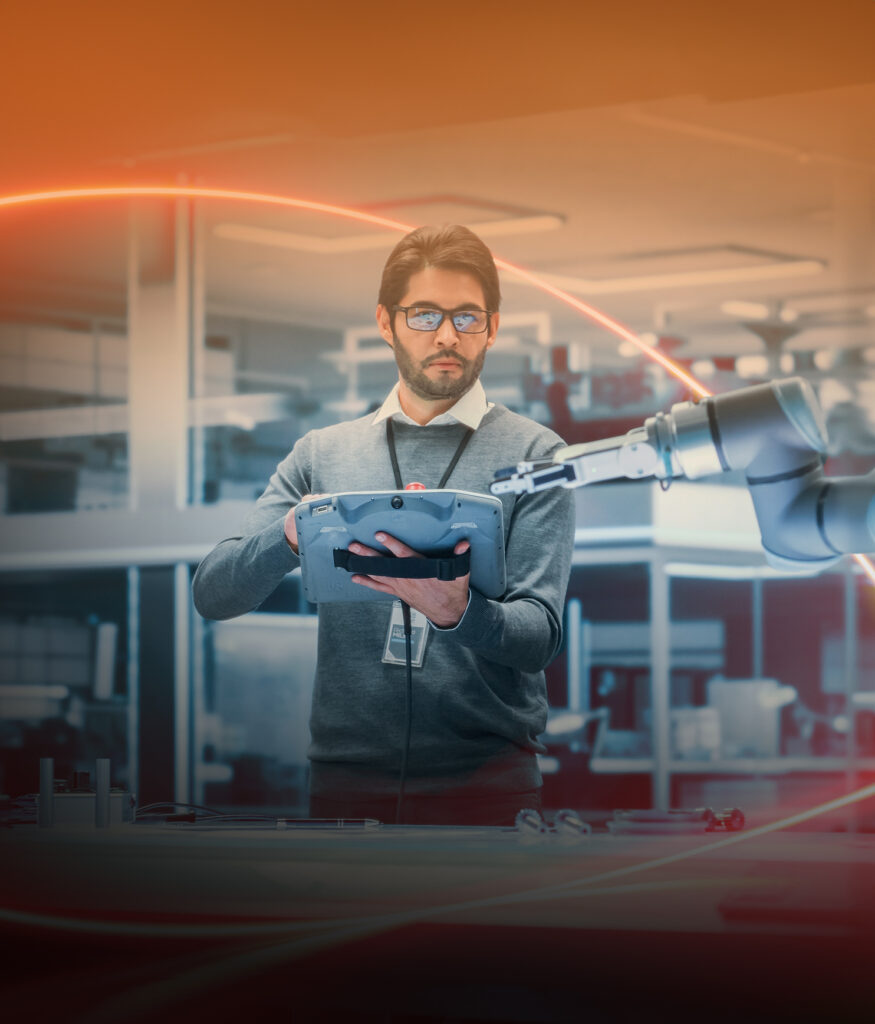
Companies will be able to convert their products into services through servitisation
These opportunities require new specialisations that must be mastered in order to develop a successful service.
From the engineering side, we must design solid, robust devices based on knowledge of the manufacturing industry.
The devices improve in autonomy and capacity, and allow for some capabilities to be balanced with the control centres, although this involves more specific, efficient programming languages.
Communication between devices and the cloud is important and, depending on the use cases, can be critical for designing a service (critical infrastructure management, systems with minimal latency, security, etc.).
The cloud also becomes a critical part of any IoT design, as it gives us the ubiquity, storage capacity and calculation needed to analyse all the information received. This processing of information enables us to improve our services and our users to benefit from these advances.
Time to market
Information of different origins and nature (data, image), from different types of devices, with real-time requirements, and in line with mission-critical businesses, are processed with solutions that we can provide to speed up your IoT projects.
Right from the word go we can deploy the infrastructure needed to govern your device inventory.
The open and standard nature of our technology enables us to adjust and build business solutions on this base that are adapted to your needs.
Tools are not everything…
but we prefer to use the best.

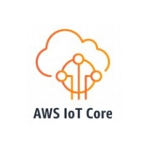
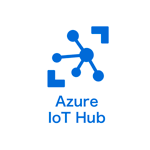

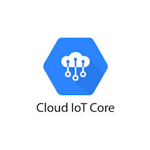



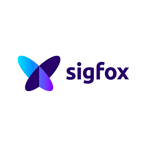
Contact with Babel
Chile
Santiago de Chile
Colombia
Bogotá
Costa Rica
San José, San Pablo
Spain
Almería
Barcelona
Madrid
Málaga
Oviedo
Sevilla
Zaragoza
Morocco
Casablanca
México
México City
Panamá
Panamá City
Portugal
Ilha Terceira (Azores)
Lisboa
Proença-a-Nova
Dominican
Republic
Santo Domingo
